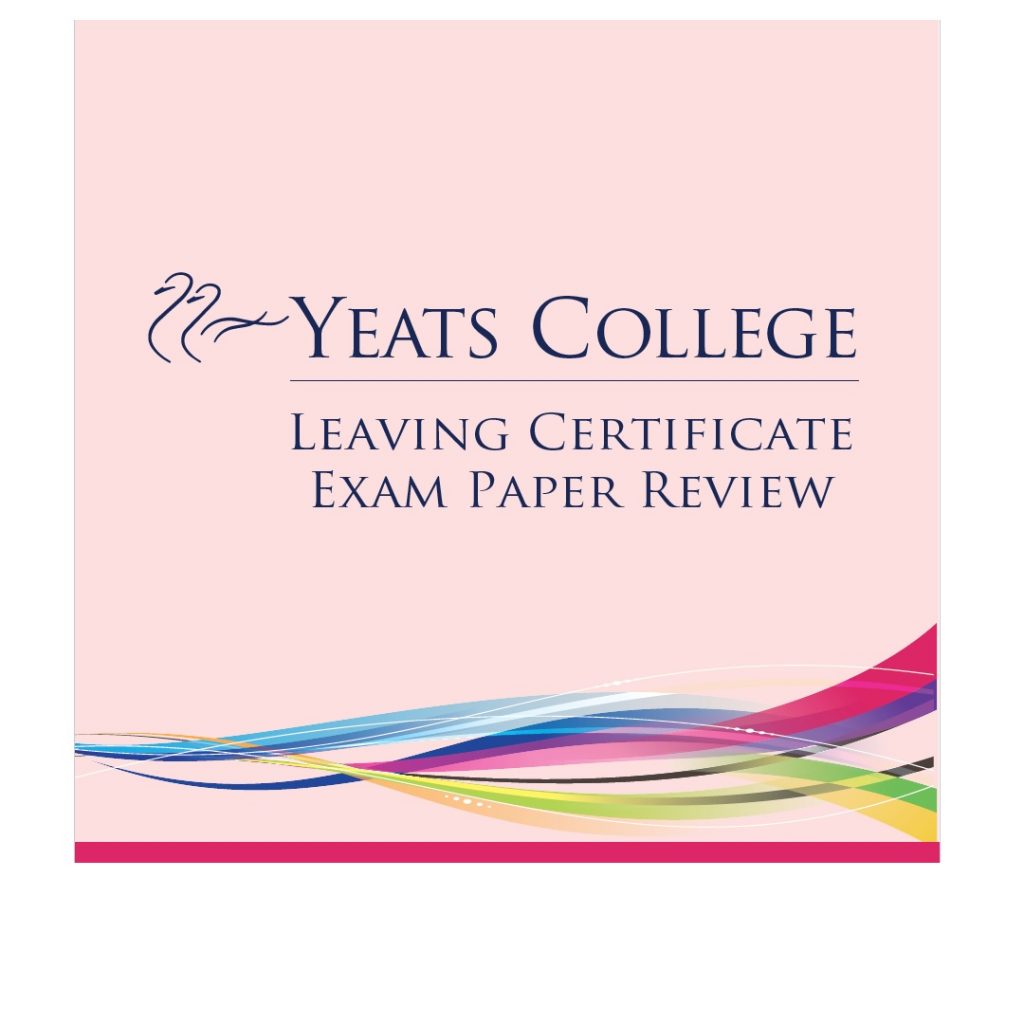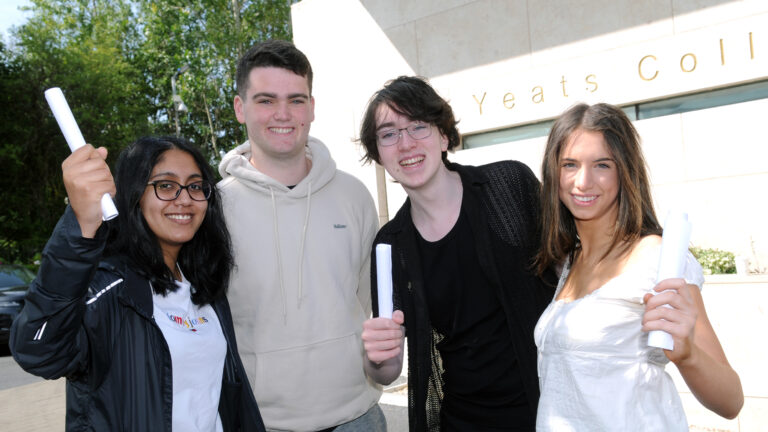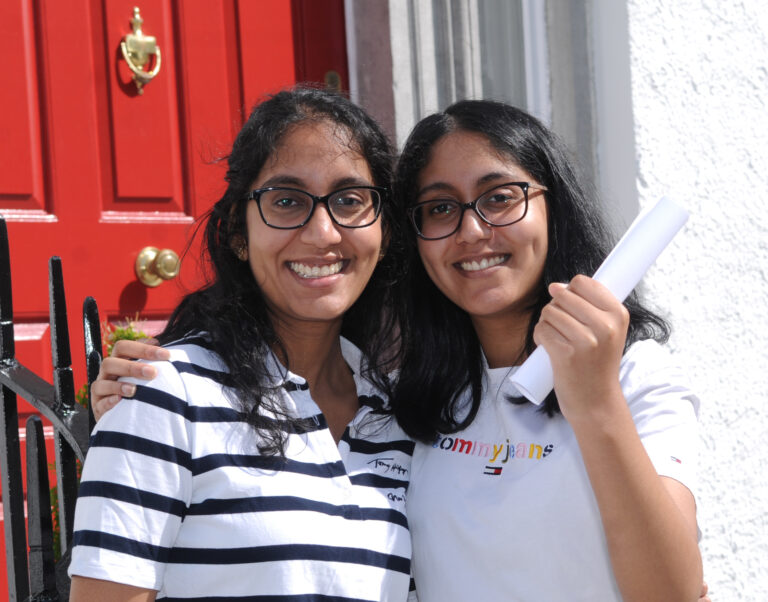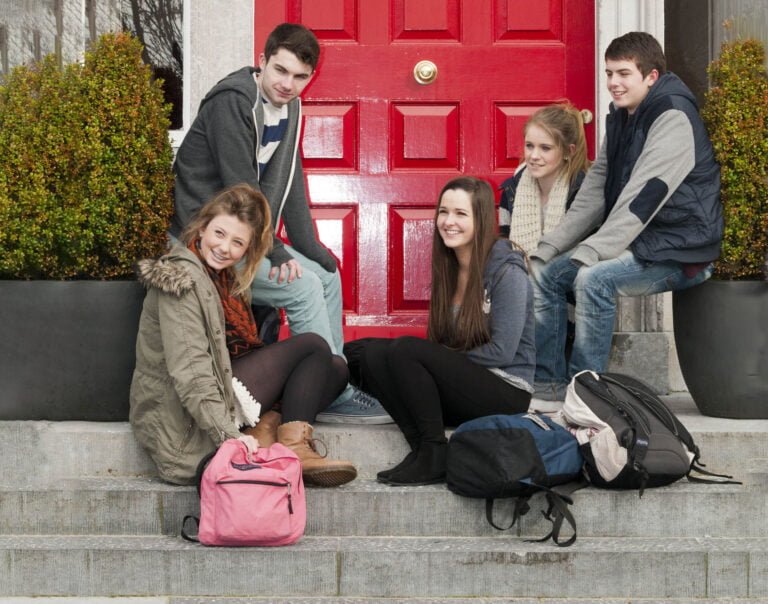by Dr. Eoin Barrett
The 2022 Leaving Certificate Spanish Higher Level was well received by students, and did not present any surprises in terms of the style of the comprehension topics examined, and the level of difficulty of the questions. The extra elements of choice included in this year’s paper should have provided students with an additional level of comfort and more time in which to complete some of the trickier tasks, in particular the Opinion Piece.
In Section A, the Prescribed Literature option on Gabriel García Márquez’s Relato de un náufrago should have been straightforward for most students. In the passage selected, Luis Alejandro Velasco describes his physical condition and his feelings having been adrift on the life raft for 24 hours, as well as his attempts to attract the attention of various aircraft sent to rescue him. The related questions were accessible and consistent with last year’s paper in terms of style.
This year’s ‘Journalistic Text’ featured a profile of Diana Trujillo, a Colombian woman who emigrated to the United States at seventeen, where she became the first female Hispanic immigrant to be accepted to NASA’s training programme, and, more recently, a key member of the agency’s 2020 mission to Mars.
Question 1 (a-e) was clear and quite straightforward, given that the key words in the questions provided good guidance to candidates in terms of identifying the passages that contained the relevant answers, though it wasn’t always obvious how much detail would be required for full marks.
Question. 2 should have been manageable for most students, though as usual they needed to be careful to ensure that there were no extra words, or missing words, when identifying the equivalent passages in the text.
In Question 3, it was important that students provided the English equivalent to the phrases indicated by referring back to the article for context, though the passages chosen were not especially difficult this year.
Question 4 offered two short, accessible options to paraphrase in Spanish: ‘terminé con un trabajo’ and ‘conocer el idioma’, which should not have posed difficulties for well-prepared students.
The Section A short comprehension questions were manageable, and this year students could choose which of the two to attempt rather than having to complete both.
The first highlighted the work of Tiberio Malaiu, a young Chilean student who began repairing and donating old mobile phones to local schools so that children in his area could attend online classes during the Covid 19 pandemic.
The second short comprehension featured the recent recovery by Greek police of a painting by Pablo Picasso that had been stolen from the National Gallery in 2012. Again, in this section the key words from the questions should have provided students with very good guidance when identifying the passages that contained the correct answers.
The second long comprehension task, Section B, related to the changing nature of work in Spain, and focused on the workplace reforms by the fashion business “Desigual”, such as remote working and a shorter working week, which have been accelerated by the circumstances created by the recent global pandemic.
Questions 1 and 3, which require students to find words or phrases in the text equivalent to those provided in the question, were very approachable this year, featuring vocabulary that should have been familiar to students from previous years’ reading and listening comprehensions. As always, students had to ensure that they only included the exact equivalent word or phrase to gain the marks.
The phrases to be translated in Q.2 were not overly difficult, and students should have done well in Q. 4 as long as they provided plenty of detail in their answers, though for Q 4 (a), “What has become more popular in Spain recently?”, the phrasing was a bit vague, and as a result students may have been unsure as to how much detail was required for full marks.
The Opinion Piece titles related to work, change and technology. They were very clear and easy to understand this year, and offered students plenty of choice and scope for expression. These essay titles once again underlined the need for students to develop their writing skills so that they can brainstorm and develop arguments in exam conditions, rather than attempting to have a few essays memorised in the hope of fitting one of them to the title.
In Section C, students this year only needed to answer one of the tasks from a choice of four, and within each task there were additional elements of choice also.
The Dialogue Construction involved a conversation with the director of a Spanish language summer camp in Málaga about attending a language course. While the vocabulary required was not especially complicated, and there were no subjunctives required, candidates needed to pay careful attention to the verb tenses and grammatical constructions needed for full marks, in particular the various past tenses featured (Preterite, Imperfect, Present Perfect)
The Letter/Email option related to the role of young people in protecting the environment. The elements of choice provided this year made the task quite approachable, though overall I feel it was still the most difficult of the four available options this year.
The Diary Entry invited the candidate to imagine they were on a family holiday in Barcelona with a Spanish friend. As with previous years, this task provided scope for students to incorporate material prepared for the Speaking exam, and it should not have posed difficulties for students who had plenty of practice with previous years’ tasks, and who had revised the sample answers provided.
The Note option asked students to imagine they had just started working in a youth hostel in Toledo. This was a nice option in the sense that, unlike in some previous years, it did not require very specific vocabulary for students to complete each turn, though students needed to be sharp on the need to use present, past and future forms appropriately for full marks.
As usual, the Listening test was varied in terms of the topics examined, but should have been accessible for students who had a broad range of vocabulary and who got plenty of practice with past and mock papers in the run-up to the exam. It featured an ad for Surfing Courses in Cádiz, interviews with a professional translator and a famous chef, descriptions of the Festival del Fuego in Santiago de Cuba and La Chocolatería San Ginés in Madrid, plus a news item about Sesame Street. The weather question did not throw up any major difficulties or unusual questions.
All in all, students should have been very happy with the 2022 Spanish Higher Level exam, especially taking into account the additional elements of choice provided this year.






